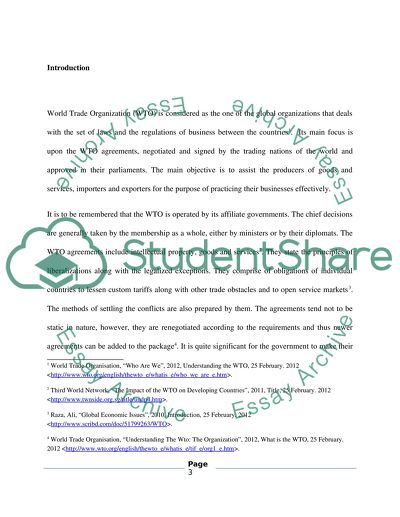Cite this document
(“Love- The Gaps of the dispute settlement process of WTO Research Paper”, n.d.)
Love- The Gaps of the dispute settlement process of WTO Research Paper. Retrieved from https://studentshare.org/miscellaneous/1589613-love-the-gaps-of-the-dispute-settlement-process-of-wto
Love- The Gaps of the dispute settlement process of WTO Research Paper. Retrieved from https://studentshare.org/miscellaneous/1589613-love-the-gaps-of-the-dispute-settlement-process-of-wto
(Love- The Gaps of the Dispute Settlement Process of WTO Research Paper)
Love- The Gaps of the Dispute Settlement Process of WTO Research Paper. https://studentshare.org/miscellaneous/1589613-love-the-gaps-of-the-dispute-settlement-process-of-wto.
Love- The Gaps of the Dispute Settlement Process of WTO Research Paper. https://studentshare.org/miscellaneous/1589613-love-the-gaps-of-the-dispute-settlement-process-of-wto.
“Love- The Gaps of the Dispute Settlement Process of WTO Research Paper”, n.d. https://studentshare.org/miscellaneous/1589613-love-the-gaps-of-the-dispute-settlement-process-of-wto.


